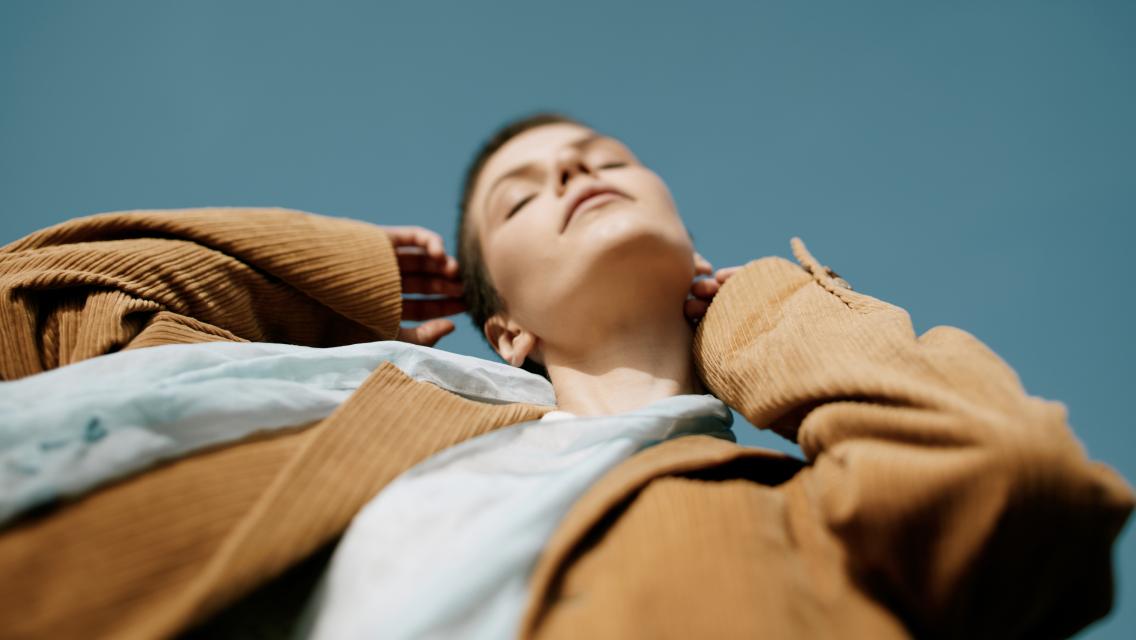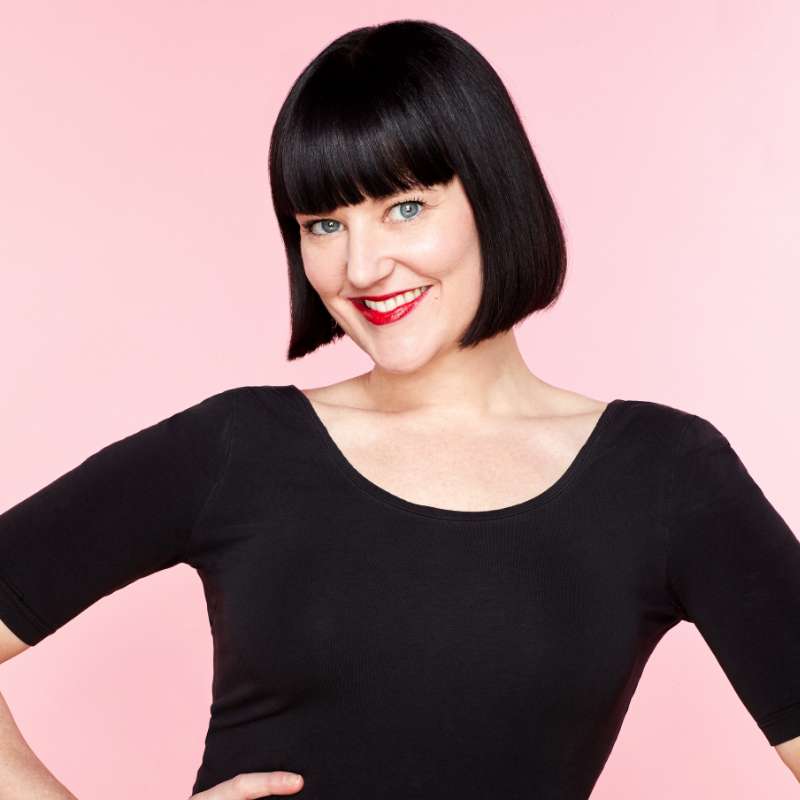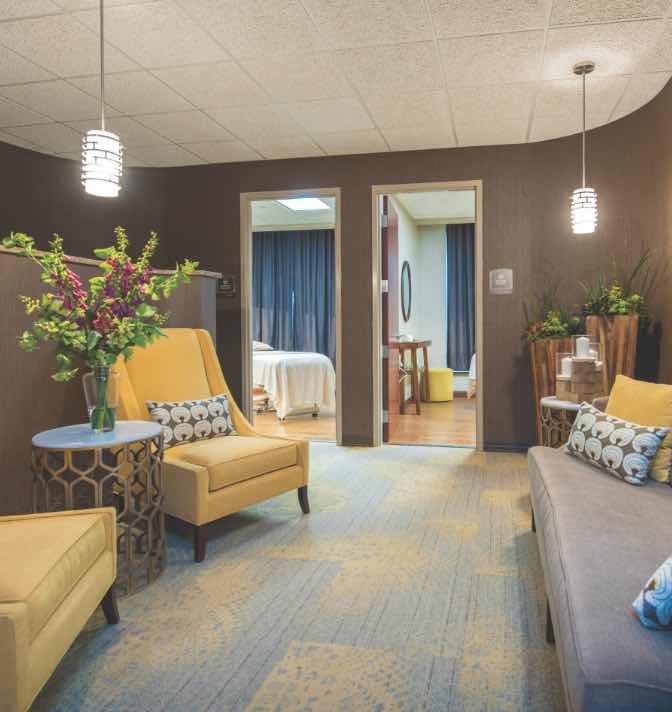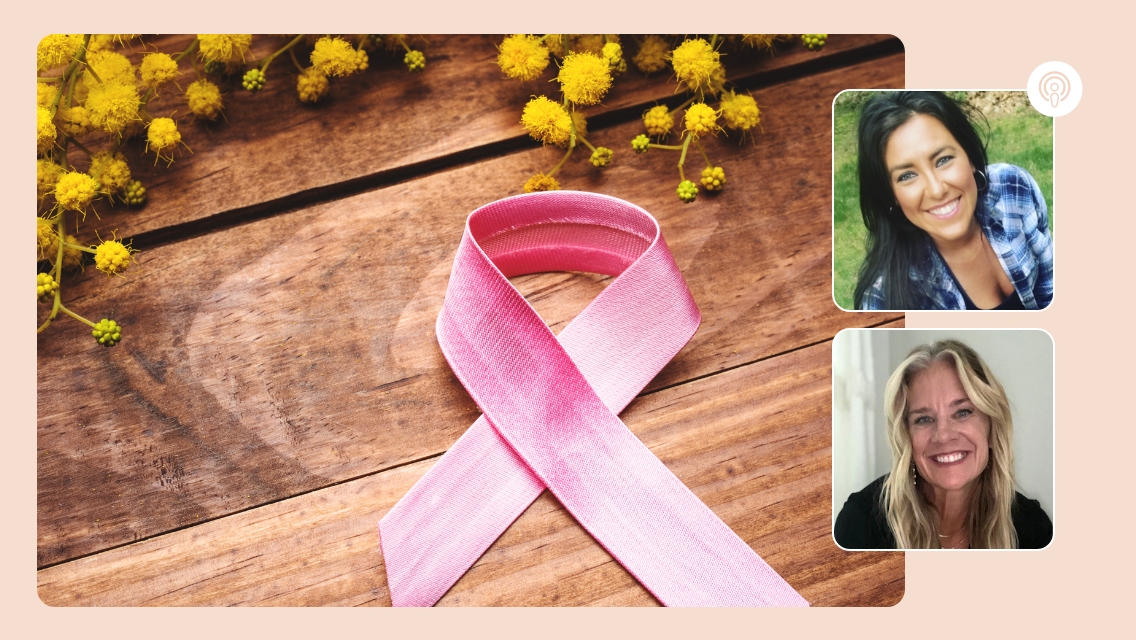Battling cancer is, without question, a life-altering experience — physically, mentally, and emotionally. And powerful treatments like chemotherapy can take a significant toll on the body, including changes in appearance, including to hair and skin. When this happens, there are often support and resources that hairstylists and estheticians can offer to help you feel more like yourself.
Nicole Roby, esthetician and senior spa leader at LifeSpa in Oakbrook, Ill., fully understands this experience: She experienced the effects of chemotherapy during her own battle with breast cancer.
“Hair loss was one of the most emotionally challenging parts of my chemotherapy journey,” she says. “It wasn’t just about losing my hair — it felt more like losing myself and my identity.”
Roby was diagnosed with stage 3 metastatic breast cancer in October 2021 and underwent two surgeries later that year. In early 2022, Roby began treatment that included 25 rounds of infusion chemotherapy treatment that went through June; she then underwent 30 rounds of radiation between July and September 2022. Today, she takes an oral chemo medication daily in addition to receiving quarterly infusions due to her stage three diagnosis.
“A majority of what I experienced with my hair and skin during my infusion and radiation treatments was a surprise,” Roby says. “They warn you about some things, but you can never be prepared for those changes fully. Especially as an esthetician, where my skin is my billboard, a big challenge I experienced was skin dehydration, dull and lackluster skin, and hyperpigmentation that wouldn’t budge.”
We asked Roby to share more of her experience around how chemotherapy affected her hair and skin and how she learned to best care for both during and after treatment.
Life Time | How did you feel when you learned your treatment would cause you to lose your hair? Tell us about your initial thoughts and actions.
Nicole Roby | When my oncologist confirmed in January 2022 that I would need to start chemo right away as a life-saving measure, I planned to cut my hair to a short pixie the week after my first chemo session. I felt that was the best way to not get overwhelmed with hair loss. I was told that I would begin to experience hair loss by the second treatment, and that was almost spot on.
When my hair started falling out after my initial “chemo cut,” I made the decision to shave my head, which was both heartbreaking and empowering. I chose to have one of my fellow stylists here at LifeSpa, Georgia Kolovitz, shave my head. She knew how to care for me during this sensitive process after helping her father during his cancer treatment. There is something powerful in facing the mirror bald and deciding you are still you.
I had complete hair loss by my third chemo session and remained bald until the end of my radiation treatments. What I was not prepared for was the physical pain that came with the hair loss. My scalp became extremely sensitive and dry.
LT | Tell us about the regrowth process after treatment — what was that like for you?
NR | I first began to see hair regrowth that October, after my chemo had ended. Regrowth was just as emotional as losing the hair to begin with because my hair came back in soft, fuzzy patches, like how a baby’s hair grows.
And the hair was stick straight! My first thought was, Where are my curls and will they ever come back? My focus during the regrowth period was to protect and care for my scalp so that my hair could continue to grow. Every little strand felt like a small victory. Watching my hair grow again was a reminder of what my body had been through, how resilient it truly is, and what was possible.
LT | What hair-care solutions can help someone dealing with hair regrowth after chemotherapy?
NR | Scalp care is crucial, especially right after chemo when your skin is sensitive. A healthy scalp will grant you healthy hair and how you care for it can determine your outcome during the regrowth process.
I recommend using lightweight shampoos and conditioners to not weigh the hair down; they also provide a great base for the early regrowth stages. Avoid shampoos with sulfates, which can add stress to the hair and scalp.
I massaged my scalp regularly with lightweight serums and oils like the Initialiste Scalp Concentrate and Genesis Serum Fortifiant from Kerastase, which is formulated to help weakened hair, promote growth, boost circulation, and nourish follicles. This also helps ease the tightness of the skin from how dry the scalp can be as a result of the treatments.
As your hair starts to grow back, it’s important to treat it delicately:
- Skip excessive heat styling, harsh brushing, and color services in the early stages to avoid damaging the new hair that’s coming in.
- Give the scalp lots of TLC! Red-light therapy can help stimulate growth and also decrease sensitivity.
- Use a satin or silk pillowcase to reduce friction and ease the, at times, painful growth process that is associated with hair loss. The hair follicles coming in are inflamed and there is cell damage from treatment. As the new hair pushes through an already sensitive scalp, it can result in a painful, tight feeling.
Understand everyone’s regrowth process is different, and that hair texture may change temporarily or permanently. My hair came back stick straight when it used to be curly. After about five months, my curls came back and flourished, and I felt more like myself.
If possible, I’d encourage finding a hairstylist who is experienced working with those who have lost hair during cancer treatment — they can offer support, resources, and suggestions specific to your unique needs.
LT | How did chemotherapy affect your skin? How did you care for it during this period?
NR | Chemotherapy targets rapidly dividing cells in the body, which means it can also affect healthy cells that multiply quickly, including skin cells. My chemo treatment took a major toll on my skin. It became extremely dry, sensitive, and at times, inflamed. I experienced dullness, hyperpigmentation, and a general loss of that “healthy glow,” both during and after treatment. My skin didn’t have its true glow back until six months after radiation.
Hydration became my No. 1 priority. Drinking water and consistently using moisturizing products were key. I collaborated with my doctor on safe skincare products to use.
I am also oncology-certified in esthetics, so I was well versed about how and what to use on my skin. I adopted a minimal, oncology-safe skincare routine with products from Eminence and isClinical. Nourishing ingredients like hyaluronic acid, squalane, and ceramides helped my skin feel and look better.
[My daily routine includes] a gentle cleanse twice a day with Stone Crop Gel Cleanser from Eminence in the morning and the Cleansing Complex from isClinical in the evening. [I also] add in the Pro-Heal and Hydra-Cool serums from isClinical.
I used the Zents body-care line. This became a primary hydrator for the skin on my body. I felt good about the ingredients and the Unzented option, which is dye-free and scent-free, as it was safe for my sensitive skin.
LT | What tips do you have for caring for the skin after chemotherapy?
NR | As your skin heals after chemo, it’s important to listen to your body as it will often tell you what it needs. For example, if it’s feeling dry, you might need to use products with soothing, hydrating ingredients.
Here are the top things I’d prioritize:
- Never skip SPF. As an esthetician, recommending SPF is my top priority for anyone. But after chemotherapy, I am even more diligent about sun protection. Chemo and post-care medications can make your skin more sensitive to sunlight, so I always wear SPF 30 or higher, even on cloudy days and when I’m indoors. My preference is a mineral SPF.
- Combat dryness as best as you can. Drink lots of water, consider using a humidifier, and avoid long, hot showers (lukewarm is best) as they can be drying for the skin. Apply your body moisturizer while the skin is still damp from the shower. A combination of a body oil followed by a moisturizing lotion or cream can help lock in hydration.
- Find an experienced esthetician or dermatologist who is well-versed in working with those who have gone through cancer treatment, if possible. They can offer support and resources based on your symptoms and individual skincare needs.
LT | How has going through this process helped you embrace the next phase in your recovery?
NR | This experience shifted the way I see beauty and healing. I’ve learned that recovery isn’t just physical but also emotional, mental, and deeply personal. I no longer have a strong attachment to my hair; I value health over everything.
My hair regrowth marked a turning point for me: It reminded me I was moving forward and healing. My glow also returned, and I enjoy even more the calm that comes with caring for my skin.
Also, cancer was just a part of me and doesn’t define who I am! I have always been a strong-willed person. I have a great family around me and my parents instilled in me that I can be both strong and vulnerable. Cancer doesn’t change who you are. I feel like I’ve lived a few lives, and this is just one big chapter that wasn’t so pretty. But it shows how will and determination can help you overcome the hardest challenges thrown your way.
LT | What advice would you give to someone just starting their post-chemotherapy recovery?
NR | Give yourself grace and know that your body has endured one of the worst types of traumas and it needs time to recover. Ask for help from those who’ve experienced chemo. Find local groups or take advantage of cancer center groups for community.
Don’t be afraid of self-care — you need it and deserve it. You may be uncomfortable in the beginning, but there is a long road ahead and a positive mindset will get you far.
In most cases your hair will grow back, and your skin will glow again. Embrace the now, and enjoy living in this new normal in the most positive way you can. It will keep you going!





